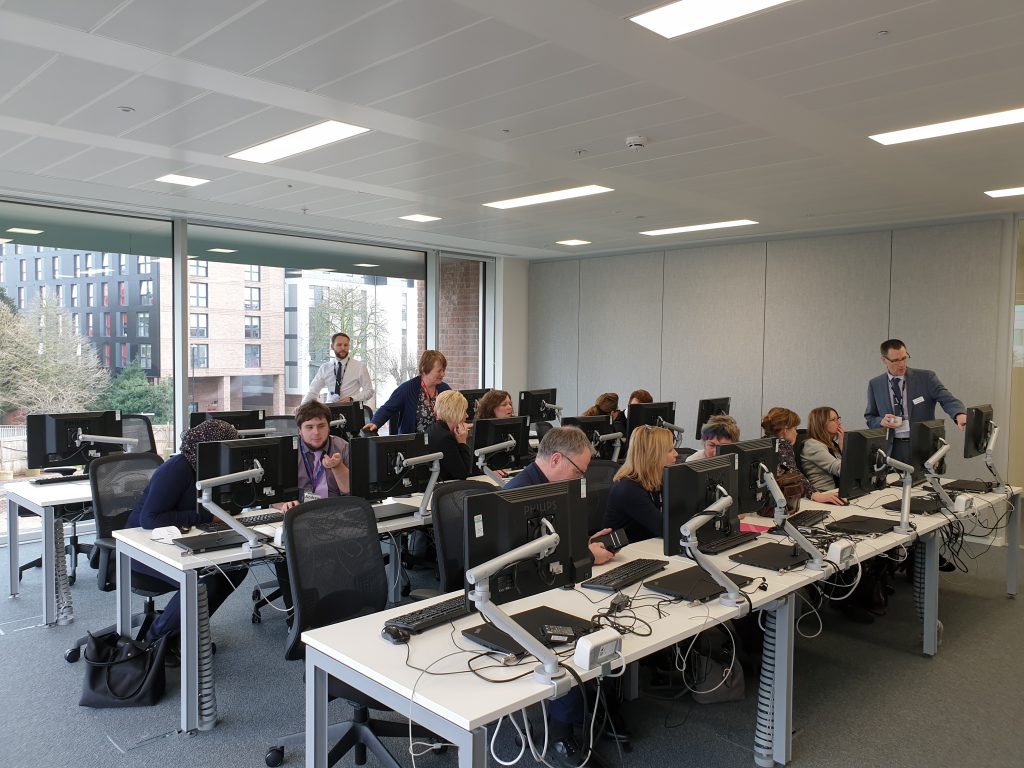In today’s fast-paced educational environment, effective timetabling is crucial to ensuring that schools run smoothly and provide the best possible education for students. With this in mind, many schools rely on SIMS.net, a powerful software solution designed specifically to address the unique challenges of school administration. By making the most of SIMS.net’s timetabling features, schools can optimize their scheduling and ultimately improve overall school effectiveness.
1. Aligning Curriculum Needs with Resources
First and foremost, SIMS.net allows schools to align their curriculum needs with available resources. By mapping out a school’s courses and subject requirements, administrators can identify potential overlaps and gaps in scheduling. This helps ensure that all students receive the appropriate instruction time for each subject, while also avoiding common pitfalls like double-booked classrooms or overextended teachers.
2. Utilizing Flexible Timetabling Features
SIMS.net boasts a flexible timetabling system that allows schools to adapt their scheduling for varying term lengths and academic years. This makes it easier to accommodate special events, holidays, and breaks without compromising instructional time. Additionally, moving individual lessons within each timetable cycle enables fine-tuning of schedules to prevent wasted teaching time or overcrowded classrooms.
3. Balancing Teacher Workloads
Effective staff allocation is another crucial aspect of school timetabling managed within SIMS.net. The program has a function for tracking each teacher’s workload and availability throughout the week. This makes it easy to distribute teaching responsibilities evenly among staff members while taking into consideration factors such as part-time contracts and specific subject expertise.
4. Optimizing Room Assignments
In addition to its robust teacher allocation features, SIMS.net simplifies the process of assigning classes to appropriate rooms throughout the school day. Its intelligent room allocation capabilities help identify available spaces based on factors like size, equipment availability, and specific subject requirements. This ensures optimal usage of available space within the school, lowering operational costs, and providing a conducive learning environment for students.
5. Analyzing Timetable Impact
SIMS.net not only assists in creating effective timetables but also provides valuable insights into the impact of schedules on overall school performance. With built-in reporting and analytics features, administrators can track trends relating to staff allocation, room usage, and the impact on student outcomes. This enables schools to identify areas requiring improvement and implement changes as needed.
6. Collaborative Timetabling
To ensure accuracy and reflect all stakeholders’ needs, SIMS.net offers a collaborative timetabling feature. This empowers teaching staff members and administrators to work together in an online environment, streamlining communication and avoiding costly scheduling mistakes.
In conclusion, leveraging SIMS.net for timetabling not only simplifies the complex process of managing school schedules but also helps improve overall efficiency, teacher performance, and student outcomes. By taking full advantage of this powerful software solution, schools will be well-equipped to adapt to changing needs and maintain optimal conditions for academic success.





